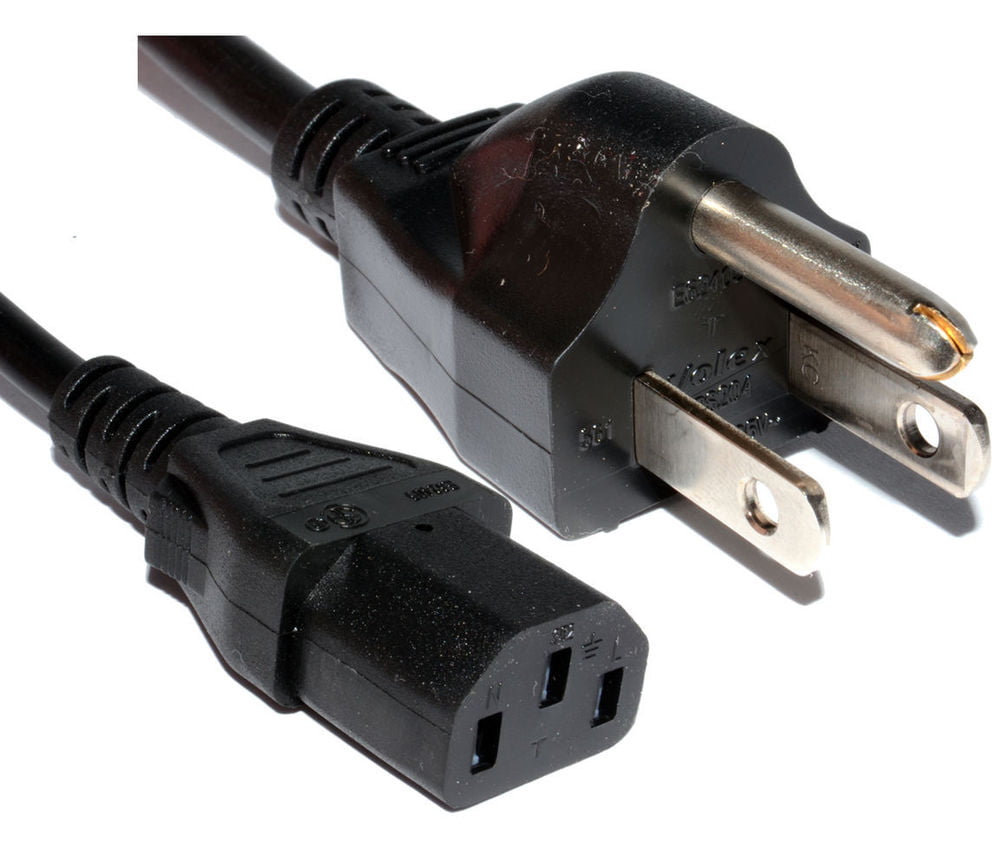It’s the time of year for saving money!
In the comments after my recent article comparing the accuracy of headphones verses loudspeakers several comments were made to the effect that headphones do not recreate a stereo image as well as properly configured loudspeakers. My take on headphones and imaging is different.
 If we go back thirty years, the comments about headphone’s lack of imaging has validity. When I first got into audio there were only a handful of headphones that could produce a recognizable soundstage, Stax being the principal one, followed by a couple of Beyer Dynamic models. And except for the Stax almost every headphone imaged “inside your head” with the entire soundstage contained in the spaces between your ears. I noticed the “only between your ears” effect changing about ten years ago. Of course, I noticed it first on open-enclosure headphones. It’s taken longer for manufacturers to perfect a larger soundstage with closed-enclosure headphones. Similarly, in-ears did not have any extension past the confines of my head until fairly recently. Some of the multi-driver custom in-ears from Empire Ears, Jerry Harvey, Westone, Ultimate ears, Earsonics, and others, have all created extended lateral soundstages for me.
If we go back thirty years, the comments about headphone’s lack of imaging has validity. When I first got into audio there were only a handful of headphones that could produce a recognizable soundstage, Stax being the principal one, followed by a couple of Beyer Dynamic models. And except for the Stax almost every headphone imaged “inside your head” with the entire soundstage contained in the spaces between your ears. I noticed the “only between your ears” effect changing about ten years ago. Of course, I noticed it first on open-enclosure headphones. It’s taken longer for manufacturers to perfect a larger soundstage with closed-enclosure headphones. Similarly, in-ears did not have any extension past the confines of my head until fairly recently. Some of the multi-driver custom in-ears from Empire Ears, Jerry Harvey, Westone, Ultimate ears, Earsonics, and others, have all created extended lateral soundstages for me.
 I suspect that the quality of headphone amplifiers has also had something to do with the improvement in headphone imaging. Headphone amplifiers were afterthoughts on most “classic” components, there for convenience, not ultimate quality. Nowadays you can find dedicated headphone amplifiers for as little as $100, such as the Schitt Magni 3, which can drive any headphone with excellent fidelity. Still, even with all the latest gear some audiophiles find the headphone imaging experience less involving than a room-based system. For many audiophiles the principal reason that the headphone imaging experience is second-rate is because the imaging happens above your head rather than in front of your eyes. This used to be more of a problem for me until I re-visualized what I was hearing. Re-visualized?
I suspect that the quality of headphone amplifiers has also had something to do with the improvement in headphone imaging. Headphone amplifiers were afterthoughts on most “classic” components, there for convenience, not ultimate quality. Nowadays you can find dedicated headphone amplifiers for as little as $100, such as the Schitt Magni 3, which can drive any headphone with excellent fidelity. Still, even with all the latest gear some audiophiles find the headphone imaging experience less involving than a room-based system. For many audiophiles the principal reason that the headphone imaging experience is second-rate is because the imaging happens above your head rather than in front of your eyes. This used to be more of a problem for me until I re-visualized what I was hearing. Re-visualized?
 Yes, exactly that. Instead of trying to imagine all the music coming from above me I visualize that the top of my head is the front of the microphone array, pointing toward the music, as if I were laying down with my feet facing away from the sound source. In essence I imagine I am one big microphone with the top of my furry crown as the front of the mic.
Yes, exactly that. Instead of trying to imagine all the music coming from above me I visualize that the top of my head is the front of the microphone array, pointing toward the music, as if I were laying down with my feet facing away from the sound source. In essence I imagine I am one big microphone with the top of my furry crown as the front of the mic.
With this visualization, if you use a single-pair stereo mic recording, it becomes ridiculously easy to visualize the entire soundstage laid out in an arc above your head. The larger the soundstage, the bigger the arc appears to be. With a bit of concentration, it becomes second-nature to view a headphone listening experience in this way.

On some of the live concert orchestral recordings I’ve made over the years it’s as if I am at microphone position, gazing down on the live musical event. The closest I’ve come with loudspeakers to this sort of feeling was when I listened to Micha Shatner’s live recordings through a pair of Quad ESL 57 loudspeakers driven by a pair of Marantz model 9 power amplifiers in triode mode playing back Recordings made by him of the Boston Philharmonic live concerts.
Just as with stereo loudspeakers, where it takes a bit of ear-training before you can easily and habitually zero in on a system’s soundstaging abilities, with headphones the imaging and soundstaging cues can be decoded with greater ease once you spend some time visualizing the location of the microphones and soundstage characteristics and reorienting your headspace to accommodate the unique characteristics of the headphone listening experience.
It works for me…join the club…








